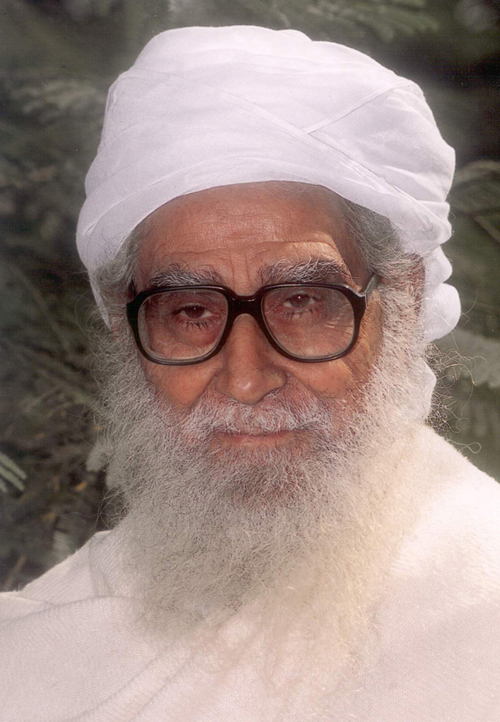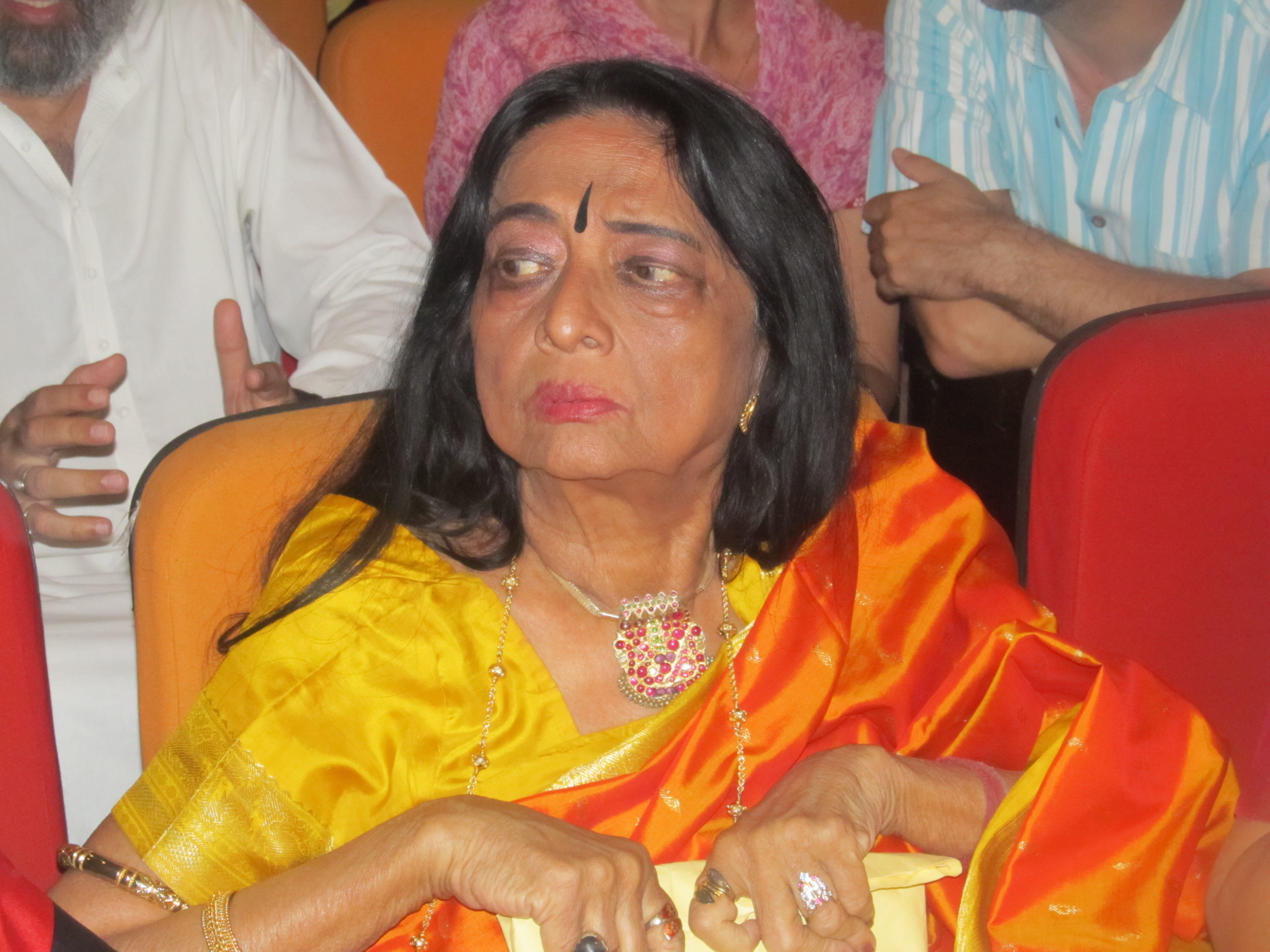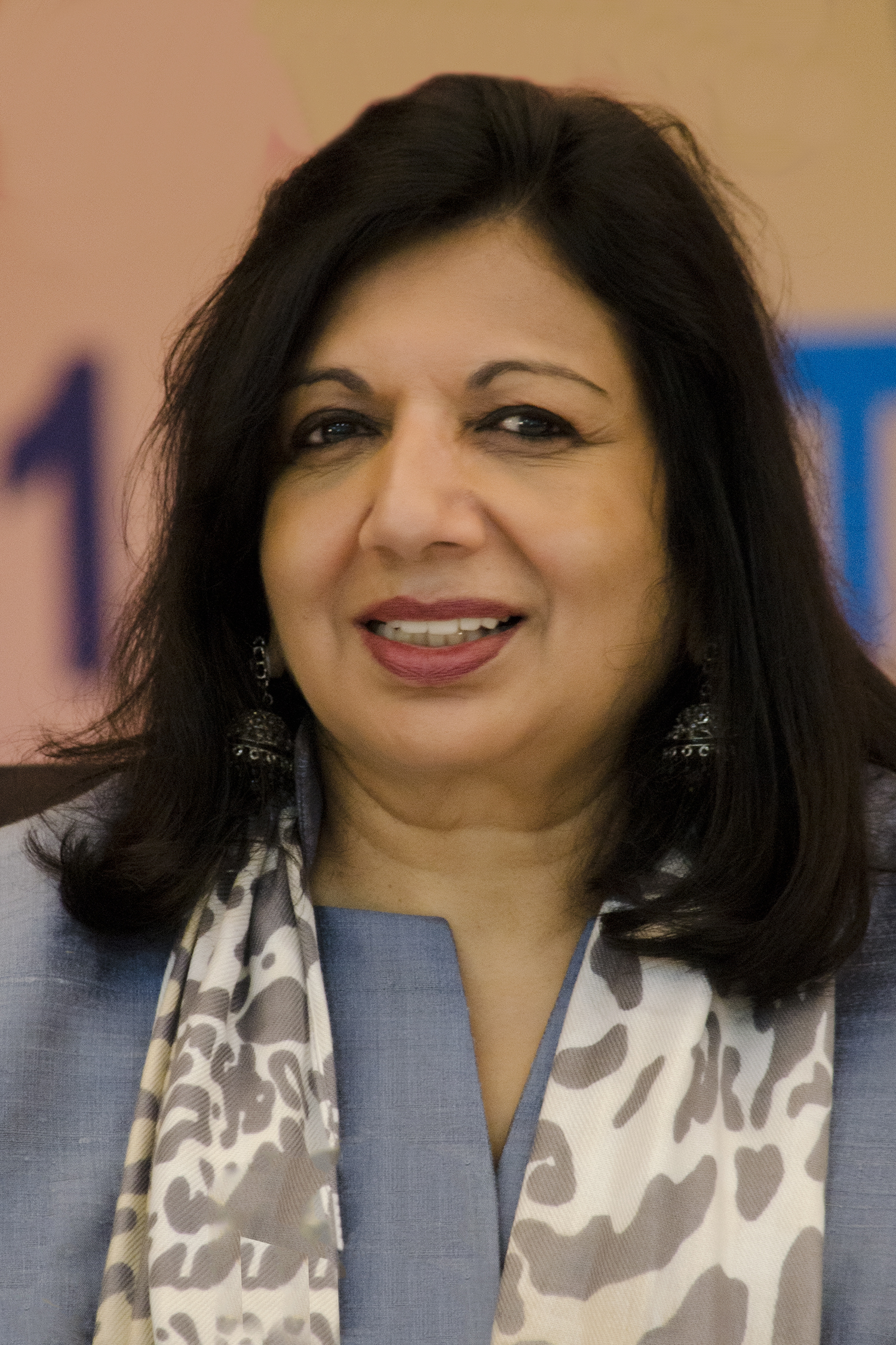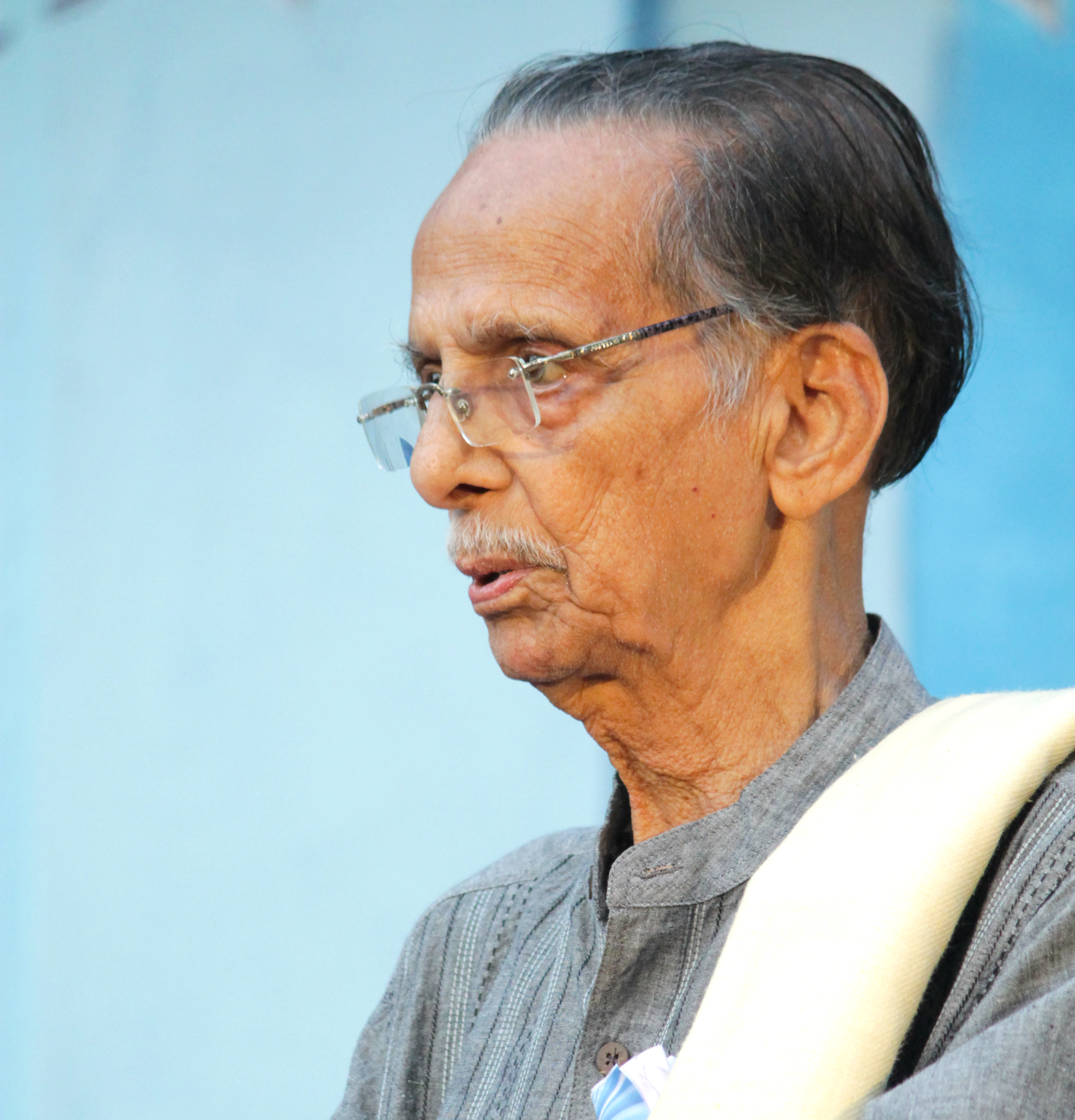List of Padma Bhushan award recipients (2000–2009) on:
[Wikipedia]
[Google]
[Amazon]
The











Padma Bhushan
The Padma Bhushan is the third-highest civilian award in the Republic of India, preceded by the Bharat Ratna and the Padma Vibhushan and followed by the Padma Shri. Instituted on 2 January 1954, the award is given for "distinguished service ...
is the third-highest civilian award
This list of civil awards and decorations is a partial index to articles about notable civil awards and decorations. It excludes Law enforcement awards and honors and ecclesiastical decorations, which are covered by separate lists. See :Civil aw ...
of the Republic of India
India, officially the Republic of India (Hindi: ), is a country in South Asia. It is the seventh-largest country by area, the second-most populous country, and the most populous democracy in the world. Bounded by the Indian Ocean on the so ...
. Instituted on 2January 1954, the award is given for "distinguished service of a high order", without distinction of race, occupation, position, or sex. The recipients receive a ''Sanad'', a certificate signed by the President of India
The president of India ( IAST: ) is the head of state of the Republic of India. The president is the nominal head of the executive, the first citizen of the country, as well as the commander-in-chief of the Indian Armed Forces. Droupadi Murmu ...
and a circular-shaped medallion with no monetary association. The recipients are announced every year on Republic Day
Republic Day is the name of a holiday in several countries to commemorate the day when they became republics.
List
January 1 January in Slovak Republic
The day of creation of Slovak republic. A national holiday since 1993. Officially cal ...
(26January) and registered in ''The Gazette of India
''The Gazette of India'' is a public journal and an authorised legal document of the Government of India, published weekly by the Department of Publication, Ministry of Housing and Urban Affairs. As a public journal, the ''Gazette'' prints offic ...
''a publication used for official government notices and released weekly by the Department of Publication, under the Ministry of Urban Development
The Ministry of Housing and Urban Affairs (MoHUA) is a ministry of the Government of India with executive authority over the formulation and administration of the rules and regulations and laws relating to the housing and urban development in Ind ...
. The conferral of the award is not considered official without its publication in the ''Gazette''. The names of recipients whose awards have been revoked or restored, both of which processes require the authority of the president, are archived and they are required to surrender their medal when their name is struck from the register; none of the conferments of Padma Bhushan during 2000–2009 have been revoked or restored. The recommendations are received from all the state and the union territory governments, as well as from Ministries of the Government of India, the Bharat Ratna
The Bharat Ratna (; ''Jewel of India'') is the highest Indian honours system, civilian award of the Republic of India. Instituted on 2 January 1954, the award is conferred in recognition of "exceptional service/performance of the highest orde ...
and the Padma Vibhushan awardees, the Institutes of Excellence, the Ministers, the Chief Ministers and the Governors of State, and the Members of Parliament
A member of parliament (MP) is the representative in parliament of the people who live in their electoral district. In many countries with bicameral parliaments, this term refers only to members of the lower house since upper house members of ...
including private individuals.
When instituted in 1954, the Padma Bhushan was classified as "Dusra Varg" (Class II) under the three-tier Padma Vibhushan
The Padma Vibhushan ("Lotus Decoration") is the second-highest Indian honours system, civilian award of the Republic of India, after the Bharat Ratna. Instituted on 2 January 1954, the award is given for "exceptional and distinguished service" ...
awards, which were preceded by the Bharat Ratna in hierarchy. On 15January 1955, the Padma Vibhushan was reclassified into three different awards as the Padma Vibhushan, the Padma Bhushan and the Padma Shri
Padma Shri (IAST: ''padma śrī''), also spelled Padma Shree, is the fourth-highest Indian honours system, civilian award of the Republic of India, after the Bharat Ratna, the Padma Vibhushan and the Padma Bhushan. Instituted on 2 January 1954, ...
. The criteria included "distinguished service of a high order in any field including service rendered by Government servants", but excluded those working with the public sector undertakings
A state-owned enterprise (SOE) is a government entity which is established or nationalised by the ''national government'' or ''provincial government'' by an executive order or an act of legislation in order to earn profit for the governmen ...
with the exception of doctors and scientists. The 1954 statutes did not allow posthumous awards; this was subsequently modified in the January 1955 statute. The design was also changed to the form that is currently in use; it portrays a circular-shaped toned bronze medallion in diameter and thick. The centrally placed pattern made of outer lines of a square of side is embossed with a knob carved within each of the outer angles of the pattern. A raised circular space of diameter is placed at the centre of the decoration. A centrally located lotus flower is embossed on the obverse side of the medal and the text "Padma" is placed above and the text "Bhushan" is placed below the lotus written in Devanagari
Devanagari ( ; , , Sanskrit pronunciation: ), also called Nagari (),Kathleen Kuiper (2010), The Culture of India, New York: The Rosen Publishing Group, , page 83 is a left-to-right abugida (a type of segmental Writing systems#Segmental syste ...
script. The State Emblem of India
The State Emblem of India is the national emblem of the Republic of India and is used by the union government, many state governments, and other government agencies. The emblem is an adaptation of the Lion Capital of Ashoka, an ancient sculptur ...
is displayed in the centre of the reverse side, together with the national motto of India, "Satyameva Jayate
Satyameva Jayate (, ) is a part of a ''mantra'' from the Hindu scripture '' Mundaka Upanishad''. Following the independence of India, it was adopted as the national motto of India on 26 January 1950, the day India became a republic.
It is inscri ...
" (Truth alone triumphs) in Devanagari script, which is inscribed on the lower edge. The rim, the edges and all embossing on either side is of standard gold with the text "Padma Bhushan" of gold gilt. The medal is suspended by a pink riband in width with a broad white stripe in the middle. It is ranked fifth in the order of precedence of wearing of medals and decorations of the Indian civilian and military awards.
A total of 291 awards were presented in the 2000s twenty awards were presented in 2000, followed by thirty-two in 2001, twenty-five in 2002, thirty-two in 2003, nineteen in 2004, thirty in 2005, thirty-seven in 2006, thirty-two in 2007, thirty-five in 2008, and thirty-one in 2009. The Padma Bhushan in the 2000s was also conferred upon 37 foreign recipients eighteen from the United States, five each from Russia and the United Kingdom, three from Japan, two from France, and one each from China, the Czech Republic, Germany, and South Africa. Individuals from ten different fields were awarded, which includes sixty-nine artists, sixty from literature and education, forty-three from science and engineering, twenty-seven from trade and industry, twenty-six from medicine, twenty-two from public affairs, eighteen from social work, twelve from civil services, ten from other fields, and four sportspersons.
In 2003, Rashtriya Swayamsevak Sangh
The Rashtriya Swayamsevak Sangh ( ; , , ) is an Indian right-wing, Hindu nationalist, paramilitary volunteer organisation. The RSS is the progenitor and leader of a large body of organisations called the Sangh Parivar (Hindi for "Sangh family" ...
(RSS) volunteer Dattopant Thengadi
Dattopant Bapurao Thengadi, (Marathi: दत्तोपंत ठेंगडी, 1920–2004) was an Indian Hindu Ideologue, trade union leader and founder of the Swadeshi Jagaran Manch, Bharatiya Mazdoor Sangh and the Bharatiya Kisan S ...
refused to accept the award until RSS founder K. B. Hedgewar
Keshav Baliram Hedgewar (1 April 1889 – 21 June 1940), also known by his moniker Doctorji, was an Indian physician and the founding ''Sarsanghachalak'' (or "Chief") of the Rashtriya Swayamsevak Sangh (RSS). Hedgewar founded the RSS in Nagpur ...
RSS ideologue M. S. Golwalkar
Madhav Sadashivrao Golwalkar (19 February 1906 – 5 June 1973), popularly known as Guruji was the second ''Sarsanghchalak'' ("Chief") of the Rashtriya Swayamsevak Sangh (RSS). Golwalkar is considered one of the most influential and prominent fi ...
had been offered the Bharat Ratna
The Bharat Ratna (; ''Jewel of India'') is the highest Indian honours system, civilian award of the Republic of India. Instituted on 2 January 1954, the award is conferred in recognition of "exceptional service/performance of the highest orde ...
. Historian Romila Thapar
Romila Thapar (born 30 November 1931) is an Indian historian. Her principal area of study is ancient India, a field in which she is pre-eminent. Quotr: "The pre-eminent interpreter of ancient Indian history today. ... " Thapar is a Professor ...
, who had earlier refused the award in 1992, did so again in 2005. In a letter she wrote to the then President
President most commonly refers to:
*President (corporate title)
*President (education), a leader of a college or university
*President (government title)
President may also refer to:
Automobiles
* Nissan President, a 1966–2010 Japanese ful ...
A. P. J. Abdul Kalam, she mentioned that she had refused the award when the Ministry of Human Resource Development
The Ministry of Education ( MoE; formerly the Ministry of Human Resource Development from 1985 to 2020) is a ministry of the Government of India, responsible for the implementation of the National Policy on Education. The Ministry is further di ...
contacted her. However, she stated she was surprised to see her name in the list of awardees. Civil servant S. R. Sankaran
S. R. Sankaran (1934–2010) was an Indian civil servant, social worker and the Chief Secretary of the State of Tripura, known for his contributions for the enforcement of Abolition of Bonded Labour Act of 1976 which abolished bonded labor in I ...
also refused to accept the award in 2005 without citing any reason.
Recipients








Padma Bhushan Award recipients in the year 2000
Padma Bhushan Award recipients in the year 2001
Padma Bhushan Award recipients in the year 2002
Padma Bhushan Award recipients in the year 2003
Padma Bhushan Award recipients in the year 2004
Padma Bhushan Award recipients in the year 2005
Padma Bhushan Award recipients in the year 2006
Padma Bhushan Award recipients in the year 2007
Padma Bhushan Award recipients in the year 2008
Padma Bhushan Award recipients in the year 2009
Explanatory notes
;Non-citizen recipients ;Posthumous recipientsReferences
External links
* * {{DEFAULTSORT:Padma Bhushan Awards (2000-09) * Lists of Indian award winners